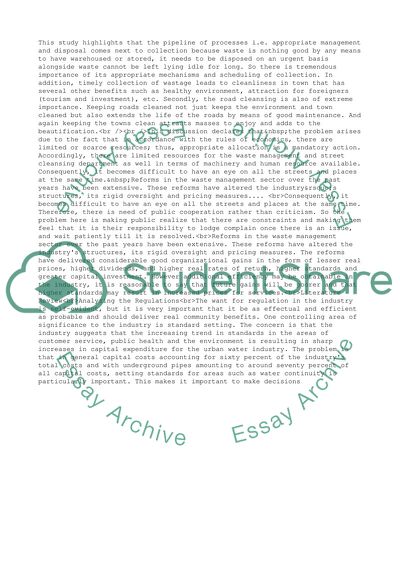Cite this document
(“Customer Service Delivery Essay Example | Topics and Well Written Essays - 3500 words”, n.d.)
Customer Service Delivery Essay Example | Topics and Well Written Essays - 3500 words. Retrieved from https://studentshare.org/business/1502007-customer-service-delivery
Customer Service Delivery Essay Example | Topics and Well Written Essays - 3500 words. Retrieved from https://studentshare.org/business/1502007-customer-service-delivery
(Customer Service Delivery Essay Example | Topics and Well Written Essays - 3500 Words)
Customer Service Delivery Essay Example | Topics and Well Written Essays - 3500 Words. https://studentshare.org/business/1502007-customer-service-delivery.
Customer Service Delivery Essay Example | Topics and Well Written Essays - 3500 Words. https://studentshare.org/business/1502007-customer-service-delivery.
“Customer Service Delivery Essay Example | Topics and Well Written Essays - 3500 Words”, n.d. https://studentshare.org/business/1502007-customer-service-delivery.


